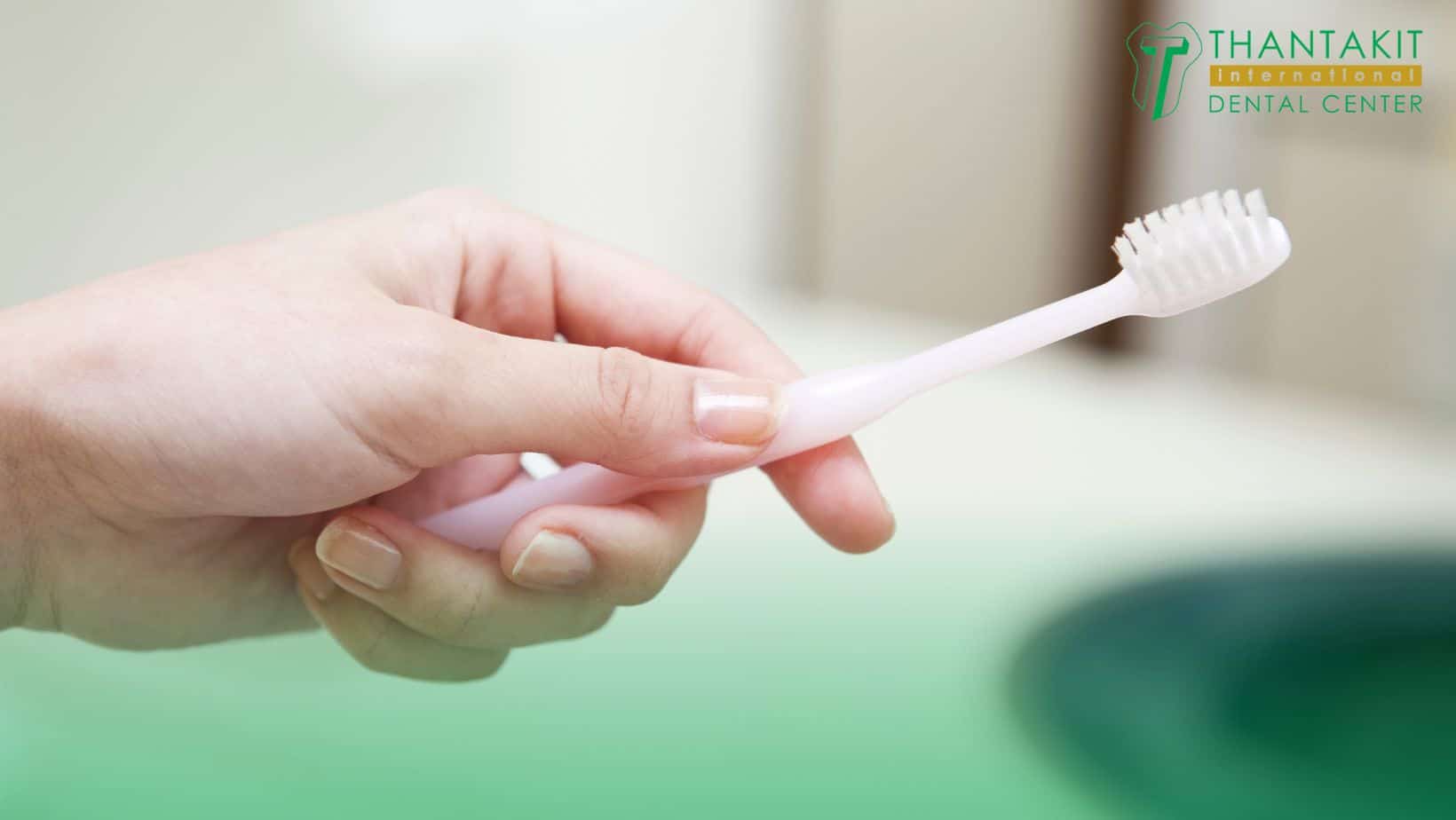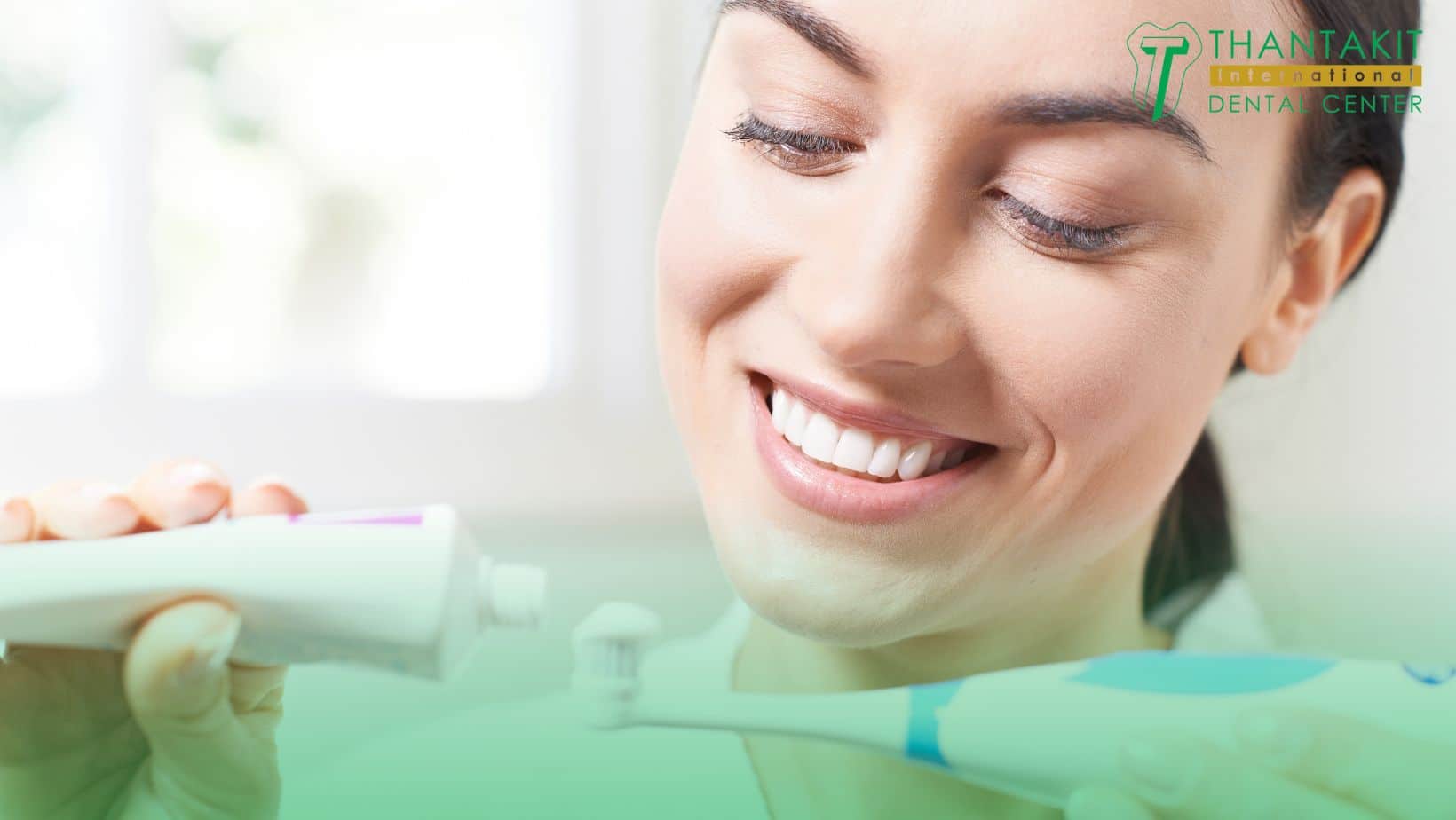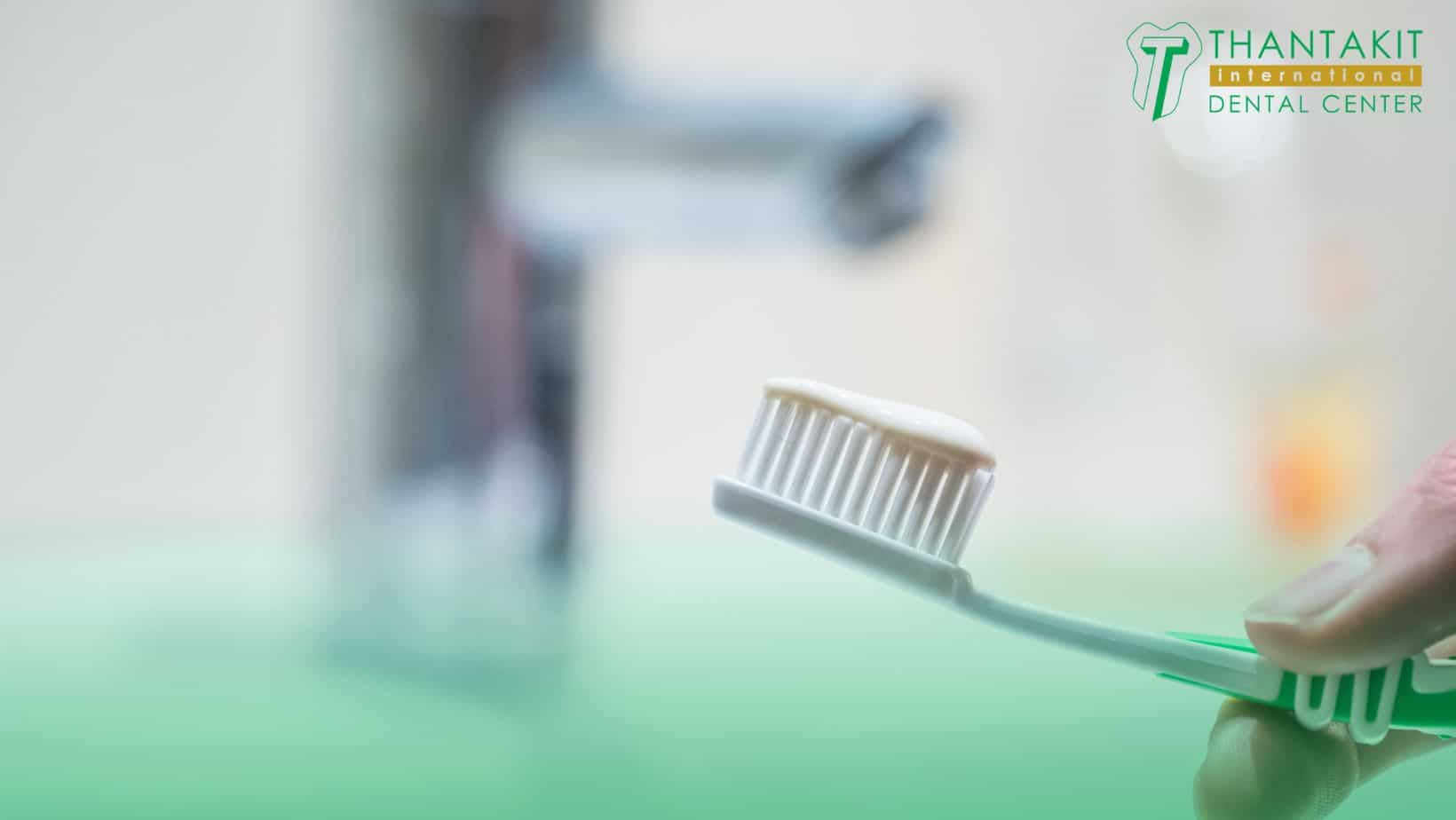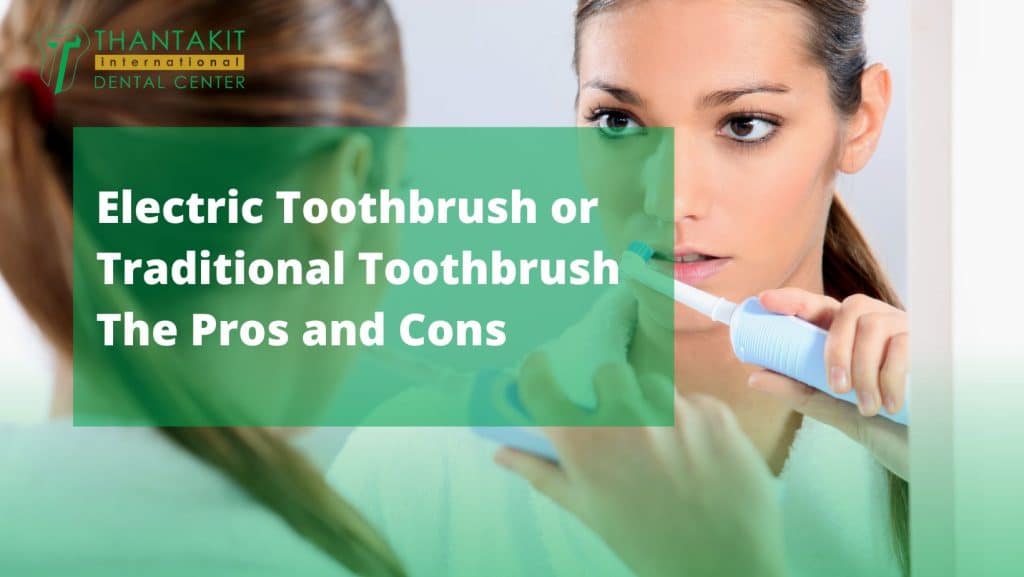For thousands of years, the traditional toothbrush has served as the number one way to clean your teeth in the world. However, it has gotten a (relatively) recent upgrade with the addition of the electric toothbrush.
This advancement in dental hygiene and oral care technology uses a motor to automatically move the brush for you so that all you need to do is place the brush on each individual tooth and let it do the rest in terms of scrubbing.
With that in mind, does this improvement to your daily brushing routine warrant replacing the traditional toothbrush with the electric toothbrush?
Page Contents
Pros and Cons of Electric Toothbrushes
The electric toothbrush was made to improve upon the traditional toothbrush. It’s like the electric razor version of the toothbrush. It automates a mundane task and makes it more efficient.
Let’s now talk about the benefits of using these battery-powered or rechargeable electric toothbrushes when all is said and done.
-
They’re More Effective at Plaque Removal: Studies show that, on average, the electric toothbrush can remove more plaque than manual brushing. This is because the device has more range and power compared to the traditional brush.
To be more specific, it’s the rotating brush head that effectively cleans the hard-to-reach spots of your teeth and mouth. The rotation is also set at the right strength.
-
The Electric Brush Has a Built-In Timer: You need to brush your teeth for about two minutes. That’s from front to back, from incisor to molar and everything in between. It’s a mundane and routine task for sure.
Time can drag on as you manually brush your teeth, thus you might only brush your teeth for a few seconds to a minute instead of the full two minutes. Electric toothbrushes have timers that inform you when you’re done.
-
This Device Features Amazing Motion Range: Because the toothbrush head of the electric toothbrush moves and brushes your teeth on its own, you only need to place the brush on each individual tooth.
Children can also use electric brushes easier than traditional brushes. Some kids might even find the electric brush fun to use compared to the traditional brush, thus making the chore more bearable for them to deal with.
-
Easier to Use for People with Limited Mobility: The electric brush is tremendous for those suffering from arthritis or mobility issues. Because of its maneuverability, the brush can offer relief for conditions such as:
-
Arthritis
-
Carpal tunnel
-
Partial paralysis
-
Developmental disabilities
-
Issues leading to a handicap
-
The idea behind the electric toothbrush is that it does the work for you. You just gently move the brush in place, and it will brush your teeth for you.
-
This Tool Causes Less Waste Than Traditional Toothbrushes: When it’s time to throw away your toothbrush, you’re actually adding to the landfill and garbage problem. An electric toothbrush makes less waste comparatively.
In fact, electric brushes only require you to replace the head, and the tool itself with its motor should last longer than a traditional toothbrush (which needs replacing every three months).
However, electric toothbrushes have their own cons compared to traditional brushes. Sometimes, it’s more advantageous to go traditional, in a sense.
-
They’re Costlier Compared to Traditional Brushes: Electric toothbrushes are more expensive than traditional brushes because of their motorized construction. Their replacement heads are also costlier than the tool itself.
The electric toothbrush costs more than the disposable traditional toothbrush. You can even get free brushes along with the toothpaste you buy. There are even 2-for-1 deals for toothbrushes, they’re so affordable.
In fairness, electric toothbrushes don’t need replacement as often. They’re only expensive at first, but they’ll save you money in the long run, including dentist costs.
-
Brushing Too Much Can Damage Your Gums: Electric toothbrushes are designed to keep you from brushing too hard manually. You should avoid brushing excessively with the electric toothbrush though.
They can damage your gums when you brush too hard or too often with them. A manual toothbrush can do this too, but an electric toothbrush is like a power tool with a battery of its own.
Avoid brushing with this tool too often and cause your gums to bleed or recede. It can worsen gingivitis as well.

Pros and Cons of Traditional Toothbrushes
Toothbrushes have been around for ages. People have been brushing their teeth for oral hygiene all this time. Why they lack the bells and whistles of a fancy new electric toothbrush, they do get the job done.
If you wish to use the traditional toothbrush over the electric toothbrush, then learn the benefits to using them first.
-
The All-Purpose Traditional Toothbrush: Many manual toothbrushes are disposable after three months, have easy-to-clean brushes, and some even feature contours that make it easier to preserve teeth and prevent gum disease.
You should use this toothbrush twice a day daily. Use it once in the morning and once at night, preferably after eating. You should also floss before brushing your teeth for the best results.
-
Traditional Brushes are More Accessible: You can avail of a non-electric toothbrush at almost every pharmacy, dollar store, gas station, grocery, or convenience store.
It doesn’t need batteries or recharging in order to use the brush. You just need “elbow grease” or manually moving the brush back and forth on your teeth with your hand.
-
Controlling How Hard and Long You Brush: As long as you’re careful when you brush, you can make do with any type of toothbrush. There’s a variety of brushes you can choose from.
The variety of brushes available allows you to clean your teeth in a variety of ways. However, your ability to use them dictates how well they’re able to clean out your teeth safely and properly.
-
Amazing Affordability: Traditional brushes are quite cheap. You can purchase each for a dollar to three bucks. You can get them for free, particularly when they’re included with certain products like floss and toothpaste.
You can buy them at a discount or at part of a package deal. There are also quite a number of variants, from brushes with moveable heads or contoured brushes that make plaque-removal much easier to do.
Let’s now talk about the cons of the traditional toothbrush compared to the electric toothbrush. Manually brushing has its downsides, of course.
-
Accidentally Brushing Too Hard: According to certain studies, people were more likely to brush too hard with a traditional toothbrush compared to an electric toothbrush. You can brush as hard as you want with an ordinary toothbrush.
Some people have more arm strength or grip strength than others, so they might accidentally brush so hard as to damage enamel and gums with their brushing vigor. Brushing too hard can destroy your teeth and gums.
-
Brushing for Too Long or Too Short: It’s harder to time how long you’re brushing. Using a watch or timer to keep track can help, but it might distract you and keep you from properly brushing each individual tooth.
The built-in timer can be substituted by a kitchen timer, digital watch, alarm clock, or any clock inside your bathroom when you’re brushing your teeth.

Electric versus Traditional Toothbrush
Good oral care and disease prevention requires brushing your teeth as their very foundation. The American Dental Association (ADA) claims that both traditional and manual toothbrushes work best in plaque removal.
Letting plaque worsen can lead to dental disease and decay, after all. With that said, both toothbrush types have their respective pros and cons (as covered above). So, which is the best?
-
Both Offer Different Advantages: Any toothbrush that has the ADA Seal of Acceptance, whether they’re manual or electric, is certified safe and effective in cleaning your mouth and teeth.
On one hand, electric toothbrushes are easier to use and less likely to damage your teeth enamel and gums. Manual toothbrushes are brushes that most people are familiar with and can adjust to. They’re also disposable and affordable.
-
Electric Brushes are Long-Lasting and User-Friendly: An electric toothbrush lasts longer than your typical disposable manual toothbrush. It’s also more user-friendly. You don’t need to move this tool around—it already moves on its own.
Just place the toothbrush on each tooth and let it scrub the plaque off on its own. Its brush head is replaceable though, but they’re also more expensive than ordinary brushes.
-
Traditional Brushes are Disposable and Accessible: A traditional toothbrush should be disposed of within three to four months of use or as soon as the bristles become frayed and unusable.
They’re also available everywhere compared to electric brushes. Most ordinary toothbrushes are available in most stores and pharmacies.
-
Brushes Come with Multiple Settings or Variations: The best (although more expensive) electric toothbrushes come with various settings and options. Fiddle with them a bit to get the most out of your automatic plaque remover.
The traditional toothbrush equivalent of this is brush variants. Some brushes have contoured bristles. Others have moveable or flexible heads. Some have diamond heads while others have square heads.
-
Replacing an Electric or Traditional Toothbrush: An electric toothbrush should replace its brush head every three to four months according to the ADA for the same reason you should replace your traditional toothbrush for the same time period.
You should also replace your whole toothbrush or removable electric brush head if you’ve used it while you’re sick or if it already looks frayed.
There comes a time when the bristles have brushed off too much plaque that they’re impossible to clean off. They’re like used rags or toilet paper at that point. Just get a new brush or brush head.
-
For Use with Young Children: Electric toothbrushes are easier to use for children or even people of all ages. Experts recommend using electric brushes with child-sized brush heads and soft bristles for use by children.
A manual toothbrush can also be used by young children. It’s just that a child can move the brush around every tooth. Then again, you might want to teach the child how to brush with a manual toothbrush anyway.
-
How to Properly Brush Toddlers’ Teeth: You should still supervise your children when brushing their teeth to make sure they do things like spit out their toothpaste instead of swallowing them.
When helping toddlers brush, you should make sure they get all areas of their mouth by making them brush their teeth twice.
The positives of an electric toothbrush outweigh its negatives. You have to pay extra for it though, like in the case of a manual vehicle versus an electric vehicle. The initial investment is worth it for the long-term results.

Learning How to Brush Your Teeth 101
Even though electric brushes are objectively superior to traditional brushes in certain aspects, most people still go with traditional brushes because of their affordability and availability.
If you can afford an electric toothbrush, you should buy one though. Also, you should use the proper technique when brushing your teeth. Don’t forget to brush daily, once in the morning and once at night.
The best way to brush your teeth includes the following:
-
Get the Right-Sized Toothbrush: Choose the right-sized toothbrush for your size of mouth. Don’t use an undersized or oversized brush.
-
Avoid Hard Bristles: Don’t use hard-bristle brushes that can irritate your gums. Use soft-bristle brushes instead, as the ADA recommends.
-
Multi-Level Bristles Work Best: Use multi-level contoured bristles to brush your teeth since they’re more effective than flat, single-level bristles.
-
Use Fluoride Toothpaste: Many brands of toothpaste have fluoride in them. Buy them or avail yourself of fluoride tap water. Don’t forget to let your teeth soak in fluoride.
-
How to Brush Your Teeth: Hold the toothbrush at a 45-degree angle to your teeth and gums. With a traditional brush, make circular motions with the brush head. With an electric brush, the brush head will do the circular motions for you.
Gently brush your teeth from the front to the back on both arches for about two minutes. Do it thoroughly and repeat as needed if you have spare time left.
-
How to Clean Your Brush: Clean the toothbrush thoroughly and store it upright to let it dry out. Keep the brush out of the reach of the toilet bowl to avoid having germs spray all over it.
-
How to Floss: Floss your teeth before brushing and do it at least once daily. You can also floss after brushing, but it’s better to do it before to avoid ruining your initial cleanup with flossed plaque. Use a piece of floss per tooth.
-
How to Use Mouthwash: Using mouthwash is optional. It shouldn’t replace flossing and brushing. Rinse your mouth and occasionally let the fluoride soak into your tooth for the best results.
-
Talk with Your Dentist: If your gums are bleeding and aching, talk to your dentist about it (whether they’re your local dentist or a dentist from Thantakit). A number of things can cause bleeding after flossing and brushing.
-
Pregnancy
-
Vitamin deficiencies
-
Gum disease (Gingivitis)
Avail of Dental Assistance That Takes You Seriously
Most issues like gum disease and cavities can be prevented by brushing your teeth and flossing interdental spaces. However, make sure of superior dental care by using an electric toothbrush.
A rechargeable or battery-powered electric toothbrush makes it easier to brush your teeth because it’s automatically set with the right amount of brush movement that won’t damage your enamel.
Also, for the best outcome, don’t forget to floss first before brushing your teeth. Finally, for all your clinical needs, visit the Thantakit Dental Center to get an affordable dental tour.
Thantakit International Dental Center is Thailand’s longest established dental center. Situated in Bangkok, our clinic is renowned across the world as a destination for world-class dentistry, with most of our patients flying to us from Australia.
Please contact us today and get a FREE dental consultation.












